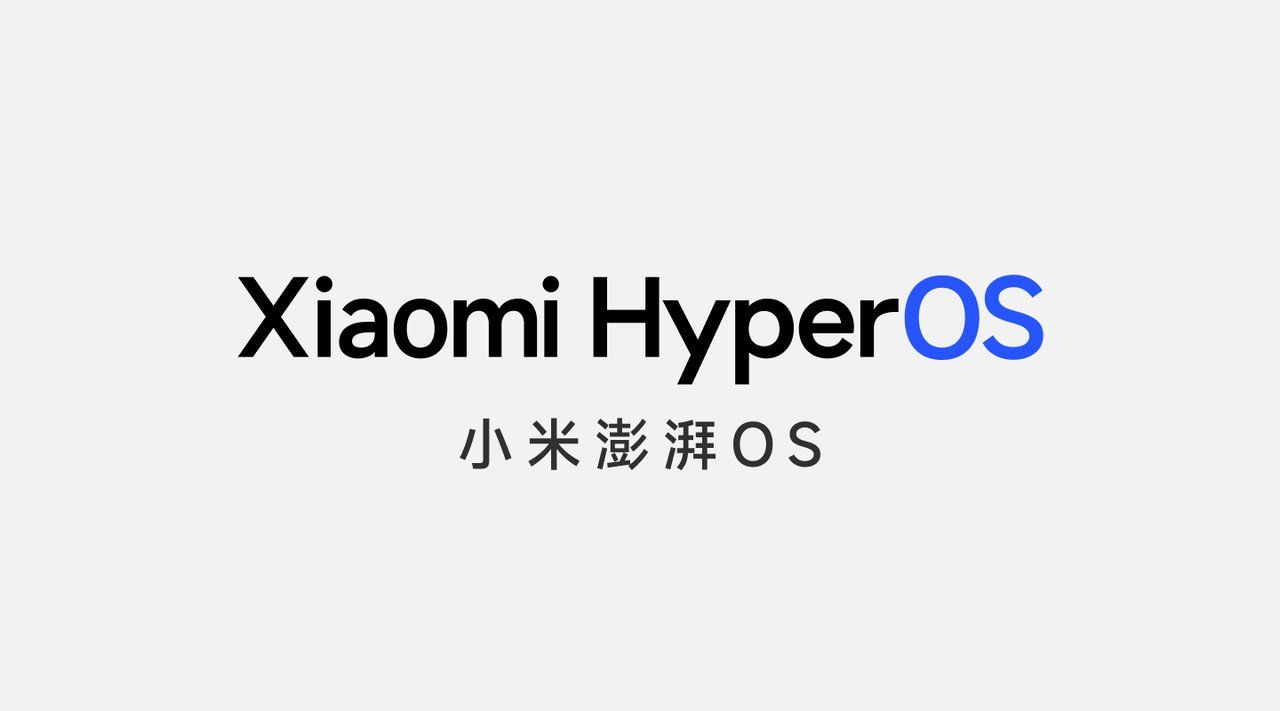
Summary
- Xiaomi is replacing its Android skin MIUI with a new operating system called HyperOS.
- HyperOS will launch with the Xiaomi 14 series, potentially in November or December, and will also be available on Xiaomi phones sold internationally.
- Xiaomi has been working on HyperOS since 2017 and promises "Hyper performance, fluidity, and connectivity" with a completely new architecture. The global rollout of HyperOS will happen throughout 2024.
Xiaomi makes some great Android phones, packing impressive hardware and insane camera specs. However, outside of China, the company's phones have not met with as much success as they should have. One key reason behind this is Xiaomi's Android skin MIUI. It started as an iOS copycat, and while the skin has evolved since then, many users still find it too intrusive and heavy. Xiaomi is now ready to ditch MIUI as it has announced its new operating system based on Android, Xiaomi HyperOS.
Xiaomi did not provide a look at HyperOS today. As a part of its announcement, it only revealed that the OS will launch officially with the Xiaomi 14 series, which recently leaked in renders. Rumors suggest the lineup will debut in November or December this year and use Qualcomm's upcoming Snapdragon 8 Gen 3 chipset. The skin won't be exclusive to China and will also run on Xiaomi phones sold internationally.
Xiaomi's CEO, Lei Jun, wrote in a Weibo post that the company has been working on HyperOS since 2017. In a post on X, the company's global VP Alvin confirmed that HyperOS will gradually replace MIUI, with the new skin offering "Hyper performance, fluidity and connectivity across smartphones x AIoT." It seemingly has a "completely new rewritten architecture." The global HyperOS ROM will roll out throughout 2024.
HyperOS announcement marks the end of the road for MIUI, and while the skin might receive security patches for the foreseeable future, don't expect MIUI 15 to release now.
MIUI is one of the oldest Android ROMs. It initially launched as a custom ROM for selected Android smartphones in August 2010 before the company started using the skin on its devices. While MIUI is highly customizable and packs many features, the experience it delivers differs from stock Android. And despite years of updates, the skin still looks like an iOS copycat, which has been a common turnoff point for many users.
It will be interesting to see what design direction Xiaomi takes with HyperOS: whether it will look like stock Android or take inspiration from BBK's ColorOS and OxygenOS. The new skin also provides Xiaomi with an opportunity to streamline its update process and ensure it can roll out future Android OS updates to its devices much faster.
This year, Xiaomi became the first smartphone manufacturer to roll out stable Android 14 to its flagship devices, beating the likes of Samsung and OnePlus. However, this was an exception, as the company has taken around 4–6 months or even longer in the past to bring the latest Android release to its premium devices.
https://news.google.com/rss/articles/CBMiRGh0dHBzOi8vd3d3LmFuZHJvaWRwb2xpY2UuY29tL3NvLWxvbmctbWl1aS14aWFvbWktYW5ub3VuY2VzLWh5cGVyb3Mv0gEA?oc=5
2023-10-17 07:47:00Z
2506047052
Tidak ada komentar:
Posting Komentar